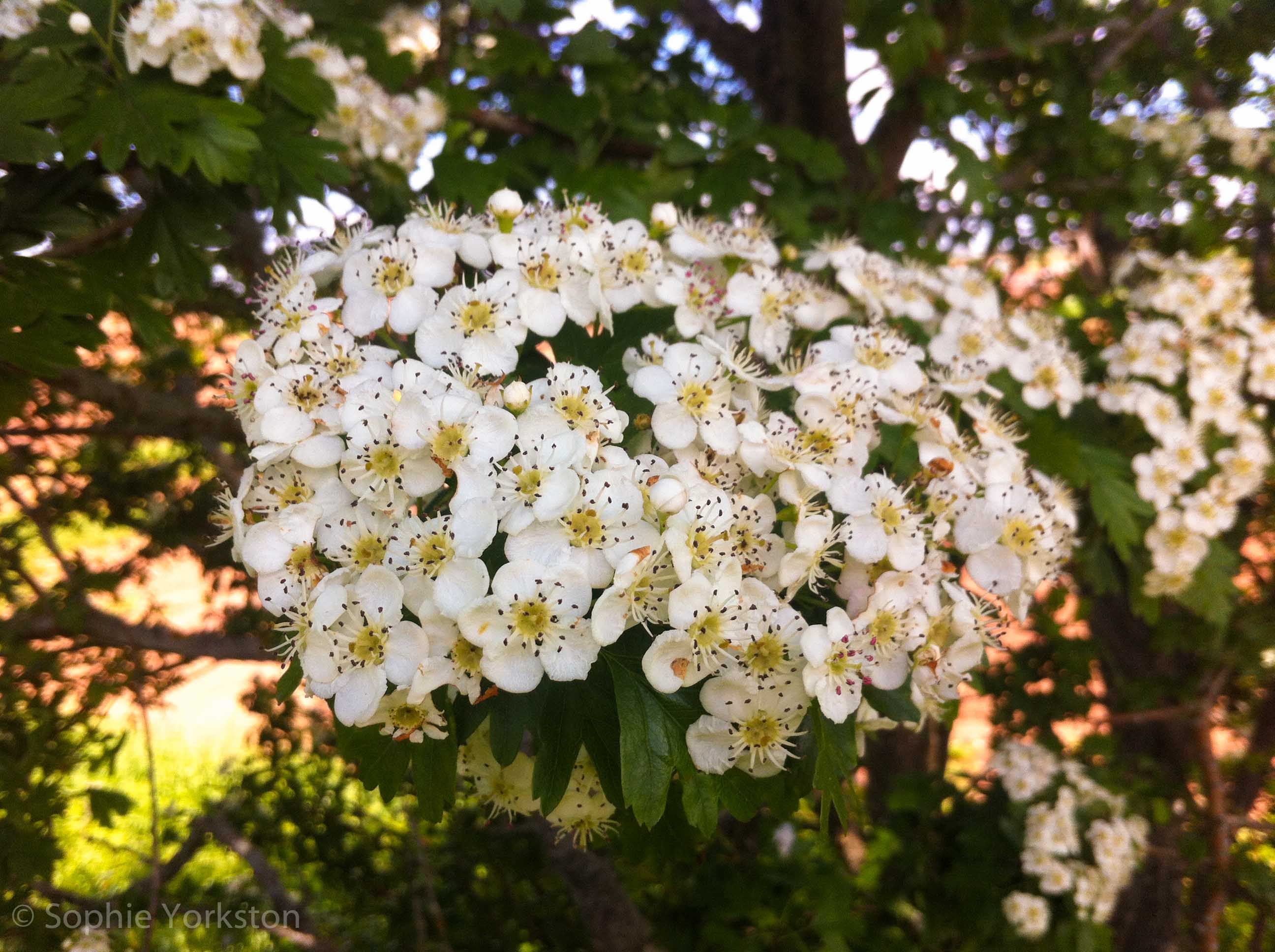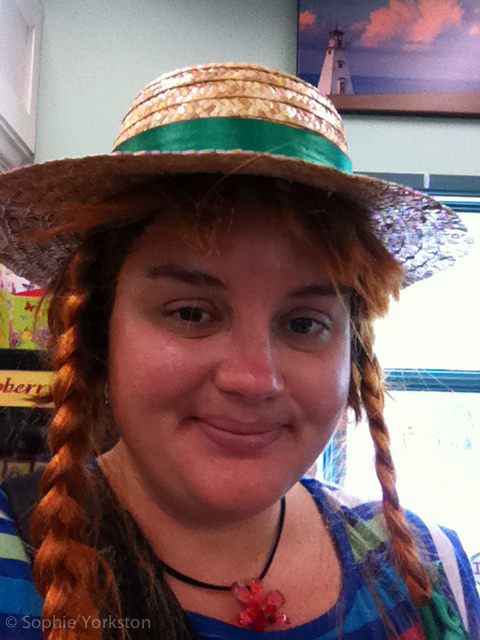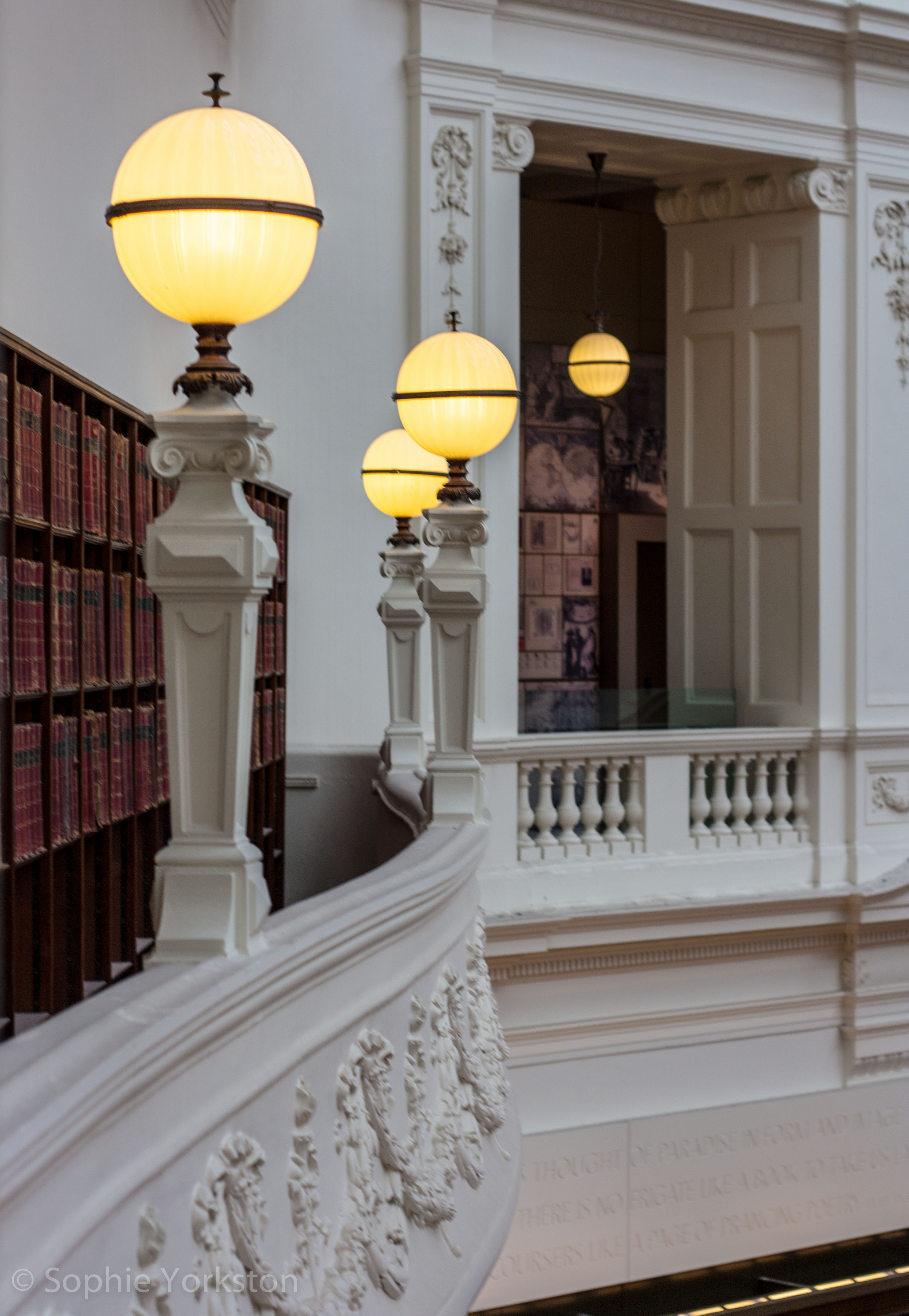There’s a bit of a fun meme running around Facebook at the moment, and I thought I would share the 10 books that have stayed with me and why (in no particular order). I cheated a little bit; there’s a couple of series in there.
I was tagged by fellow authors Jodi Cleghorn and Caitlin McColl, as well as Nicola Brodie, Natalie Ruus and Rogelio Llovit, fellow bookworms and friends.
1. The Time Traveller’s Wife, Audrey Niffenegger
You only have to say scruffy librarian, and you have me. But I think it’s the beautiful interplay between Henry DeTamble and the love of his life, Clare Abershire, no matter her age, that I like best. And the question, do they love because of his visiting her, or because they were destined to fall in love eventually. Imagining that we could naturally travel through time though, piques my interest.
2. The Book Thief, Markus Zusack
It’s about a girl who comes to love books and the written word, and narrated by Death. What’s not to love? Given to me by Carol, my ex’s mother and a teacher, as one of her favourites, and I have loved it.
3. My Sister’s Keeper, Jodi Picoult
This was the first Jodi Picoult I read and firmly cemented her as one of my favourite writers. This question of how much a child born to provide for a sick sibling, the ethics and dynamic of a family unit with one sick child; it’s a beautiful novel. I read this when I was studying genetics and ethics, and it was beautifully timed for me, though there are protections in place for children brought into the world for this reason. I so enjoy the investigation of ethics and interpersonal dynamics that Picoult does remarkably well.
4. American Gods, Neil Gaiman
Another recommendation by a dear friend, the world and mythos that Gaiman built blew me away. Gaiman’s worlds are so vivid and they get under your skin, even as you wonder if you can relate to the characters.
5. Pride and Prejudice, Jane Austen
Elizabeth, I believe, is my favourite heroine of all the books I’ve ever read. She’s so smart and determined, and so ready to think and act outside of societal expectations to her; even if at the end of the book she chooses love.
6. The Pagan Series, by Catherine Jinks
I don’t think that before I read this series that I thought you could write a character with so much vivacity and life that they could leap off the page. But Pagan, the Arab Christian orphan boy, a first person narrator, working with a French aristocratic Templar, and his acerbic wit kill me every time.
7. Dune series, Frank Herbert
Herbert’s rich worlds and characters who survived and went on captured my imagination. I think this was the first science fiction I truly loved, and unlike many others, I adored all 6 original books. I don’t believe I’ve read any of the ones written by Herbert’s son.
8. Anne of Green Gables, L.M. Montgomery
Anne is what my heart always longed to be; outspoken yet kind and personable; able to bounce back so wonderfully from mistakes. I visited Prince Edward Island last year as a pilgrimage to my girlhood and this very girl.
9. Looking for Alibrandi, Melina Marchetta
I’m pretty pleased to have two female Aussie authors on this list. Looking for Alibrandi perfectly captures for me the angst of being a teenager, of figuring out who you are in relation to your family and the world around you, and what waking up to your body and all those hormones is like. It’s about the friendships forged in the caldera of high school and the struggle to face your future. Marchetta captures the social dance and explores this time through the eyes of a self-depreciatingly funny protagonist. Thinking about it, a lot of the reasons I like Looking for Alibrandi are the same as the reasons I liked Catherine Jinks’ Pagan series; a different world and a prickly but endearing main character. I’ve never fallen in love with characters like I did with these two authors and I could read their work over and over, even today. I still cry every time John Barton dies.
10. Wild Swans, Jung Chang
A story of mothers and daughters in times of turbulence and hardship, and how each strove to make their own place in the world. I think I read this during my teenage years when, as most mothers and daughters do, I had times of frustration and it felt like misunderstanding. But inevitably, our lives are woven together and it helped me think of my mother in her own personhood and helped me relate.
There’s a bunch of others that are important to me, that 10 is too small a list for: CS Lewis’ The Lion, the Witch and the Wardrobe series; Tolkien’s Lord of the Rings and the Hobbit; The Solitaire Mystery, Jostein Gardener; The Magic Faraway Tree, Enid Blyton; 1984, George Orwell; V for Vendetta, Alan Moore; Sing Me Home, Jodi Picoult.
Love to hear which books stayed with you.






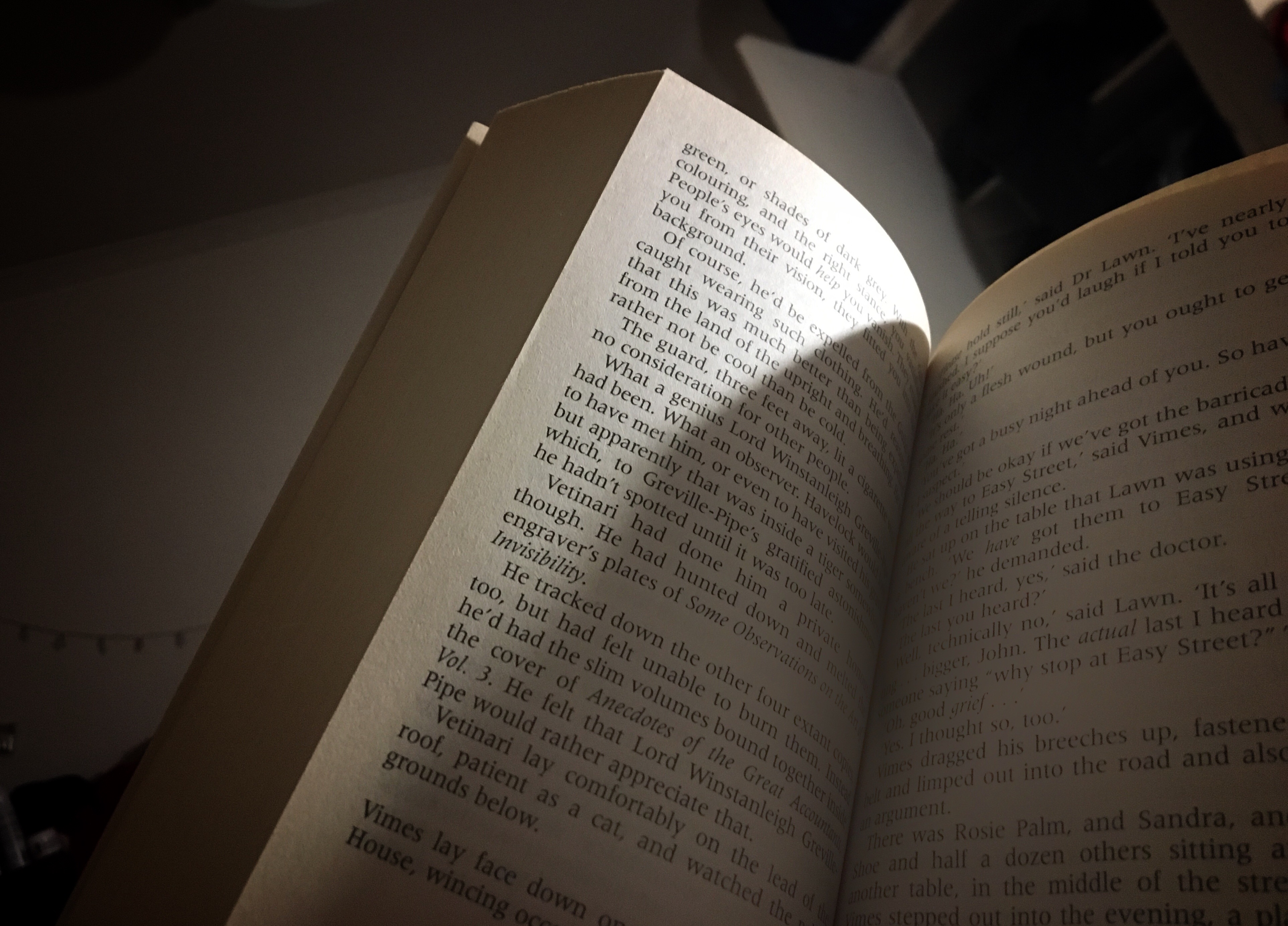

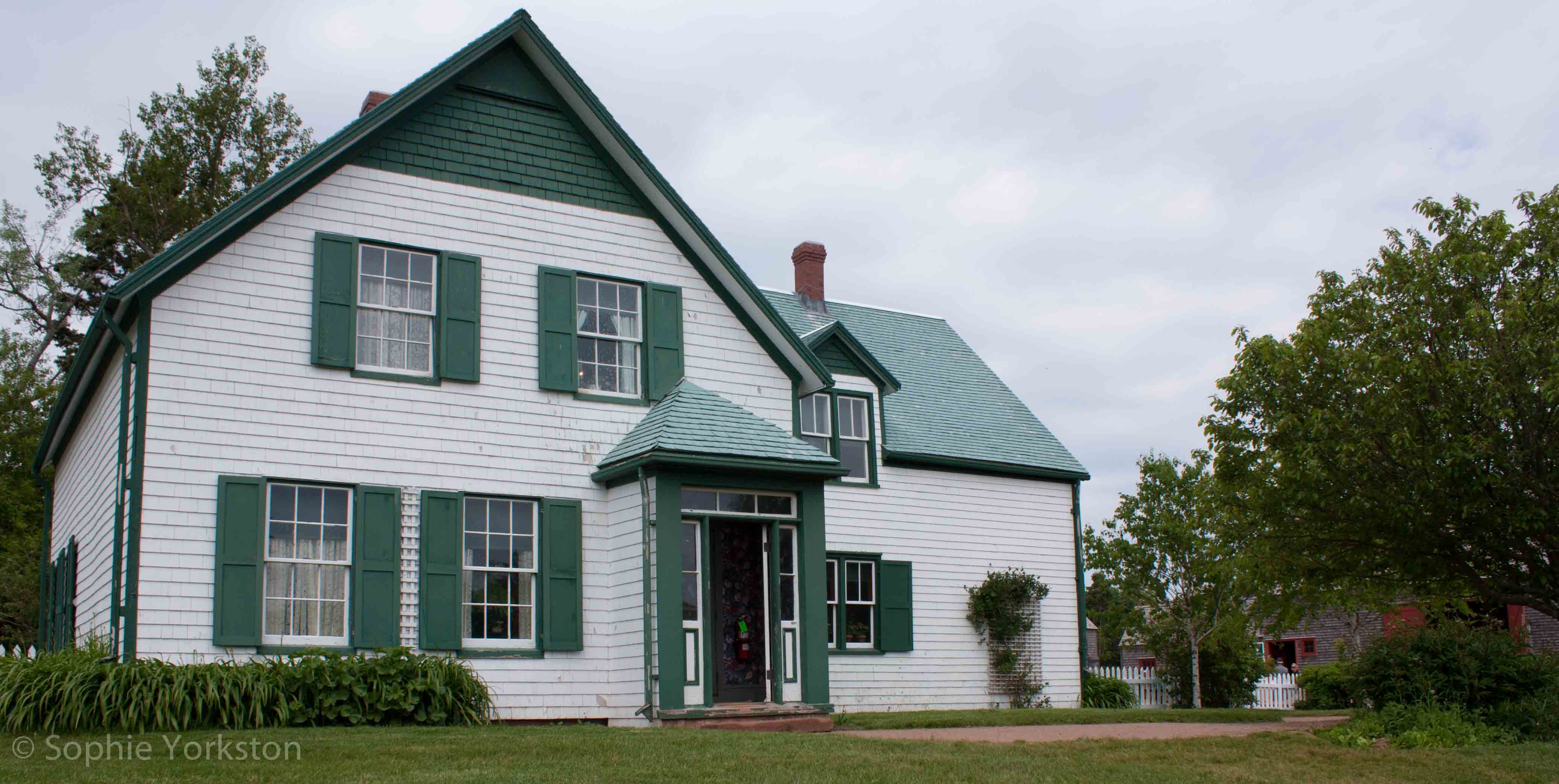

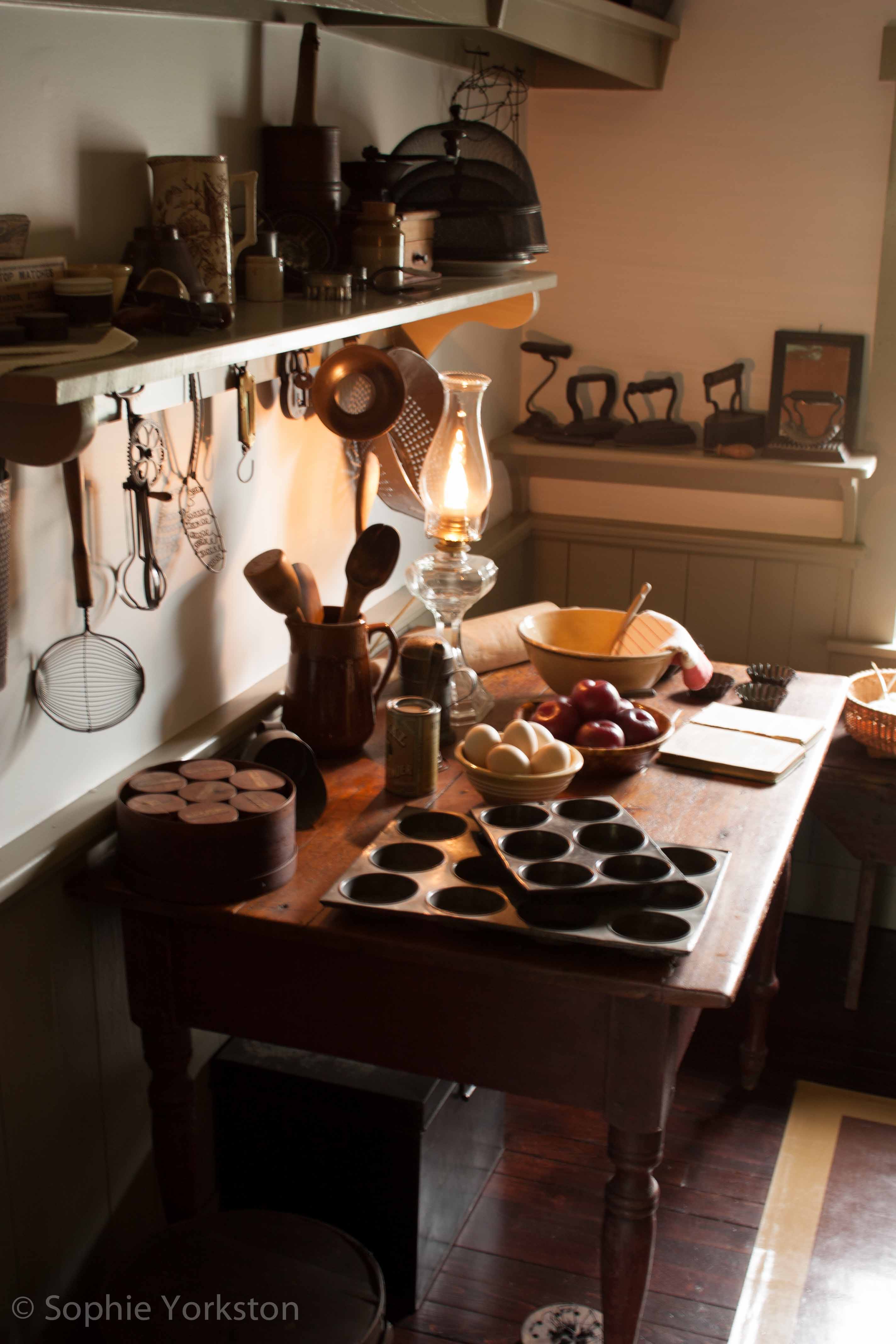 First item on the agenda: visit Green Gables. The state made a park of the house that inspired Anne Shirley’s Green Gables. It was well preserved and I could feel the love of a thousand fans (and even perhaps the little girl that Montgomery was) around that house. She obviously drew a lot of inspiration from the people around her as the house belonged to her cousins and it is said her grandparents were a bit of a model for the Matthew and Marilla. They had preserved two of the areas around the house that Montgomery had described in the Anne of Green Gables series, but disappointingly only as much as they absolutely needed to. We could see the golf course (and hear the teeing off) from Lovers Lane and heard trucks in the Haunted Woods, which spoilt the atmosphere a little. We went to the site of her grandparents house, and it was enchanting walking up the quiet lane to the wooded house site. All that remains of the house are the foundations and a charming little well, where people throw shiny coins to wish.
First item on the agenda: visit Green Gables. The state made a park of the house that inspired Anne Shirley’s Green Gables. It was well preserved and I could feel the love of a thousand fans (and even perhaps the little girl that Montgomery was) around that house. She obviously drew a lot of inspiration from the people around her as the house belonged to her cousins and it is said her grandparents were a bit of a model for the Matthew and Marilla. They had preserved two of the areas around the house that Montgomery had described in the Anne of Green Gables series, but disappointingly only as much as they absolutely needed to. We could see the golf course (and hear the teeing off) from Lovers Lane and heard trucks in the Haunted Woods, which spoilt the atmosphere a little. We went to the site of her grandparents house, and it was enchanting walking up the quiet lane to the wooded house site. All that remains of the house are the foundations and a charming little well, where people throw shiny coins to wish.

